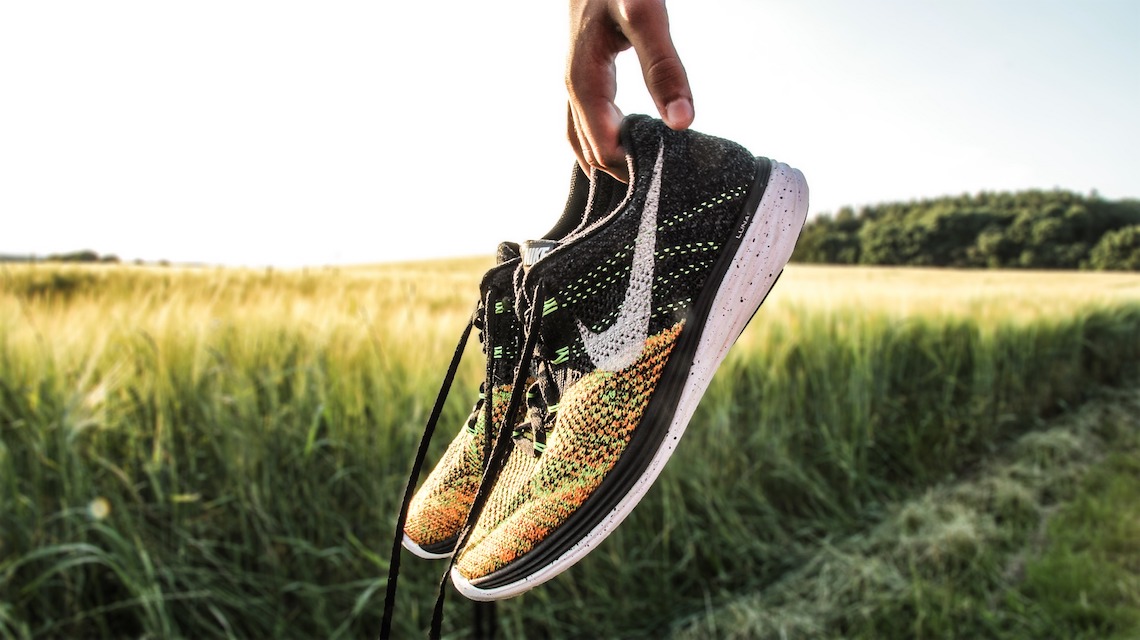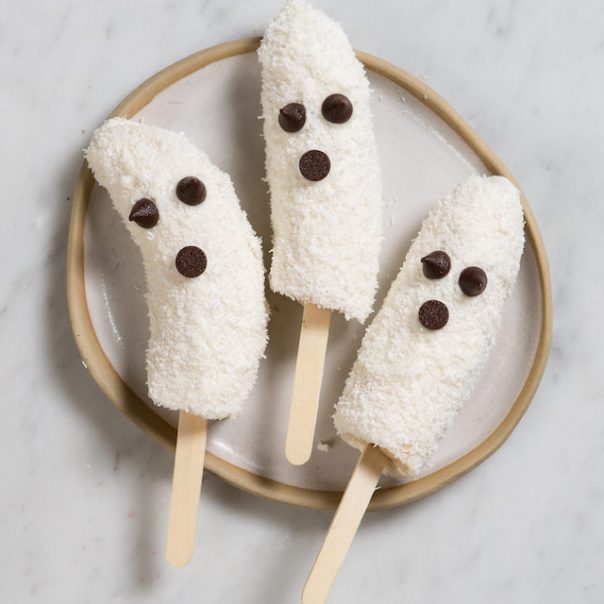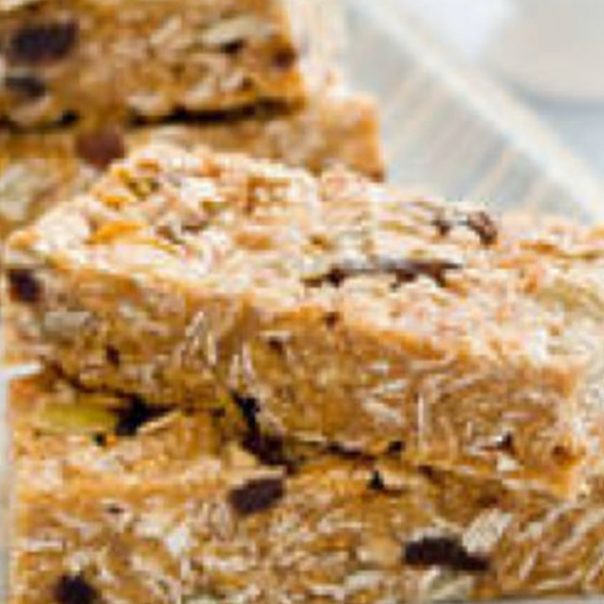Earlier this month we celebrated World Activewear Day, and it got us to thinking about how much the role of fitness attire has changed in just a few shorts years. If someone had told us five years ago that our workout gear would become some of our favourite wardrobe pieces, we’d tell them they were dreaming. And yet, fad or evolution, the rise of active wear is impossible to deny. Now, most of us swoon over the latest pair of Nikes in the same way we once swooned over Louboutins.
The simple truth is, fitness has gotten ‘cool’. And there’s nothing wrong with that. Gone are the days when we’d die of embarrassment if someone saw us on our way home from the gym. Today, it’s hip to be fit and being seen in workout gear – when you’re out for lunch, at the supermarket, or for some of us, at work! – is totally dress du jour.
Some of our fave local brands:
With fashion being the second most polluting industry in the world, we always recommend supporting your local designers and manufacturers where you can. Luckily, we have a number of amazing homegrown activewear brands to choose from – check out some of our faves: Hey! Hola, Lorna Jane, Monreal London, Sweaty Betty.
Functionality is king:
Like any fashion trend, fads will come and go while quality and practicality remain. We all like to look good, but when it comes to activewear, it pays to keep in mind that ‘functional’ dressing is the order of the day – your active wear must be comfy and workout-friendly. So forget strappy numbers, scratchy screen prints, or too-tight-to-breathe tights – opt for quality pieces from reputable sports or workout wear brands to ensure you get the most wear out of them.
Fabrics to look out for:
While good-old-fashioned cotton might seem like a great choice, it’s actually not ideal for workout wear. Cotton absorbs moisture, which means once you start sweating, that cotton t-shirt is going to soak it up, becoming heavy and uncomfortable.
Thankfully, there’s been a lot of innovation in fabric technology in recent years. Sport-specific attire is designed to take into account the types of movements you’ll be doing, and how to keep you comfortable and dry. Moisture-wicking fabrics like nylon, Nike Dri-FIT and Polartec PowerDry are a great choice for intensive cardio workouts. And, where spandex has always held the crown for stretch ‘n’ bend workouts, newer technology has allowed stretchable fabric to find a whole new market in compression clothing. Using a special knitting process and fabric, compression sleeves can improve circulation during and after physical activity to help alleviate stiff, sore muscles and hasten muscle recovery. The sleeves stimulate blood flow, helping to reduce lactic acid build-up and prevent delayed onset muscle soreness.


